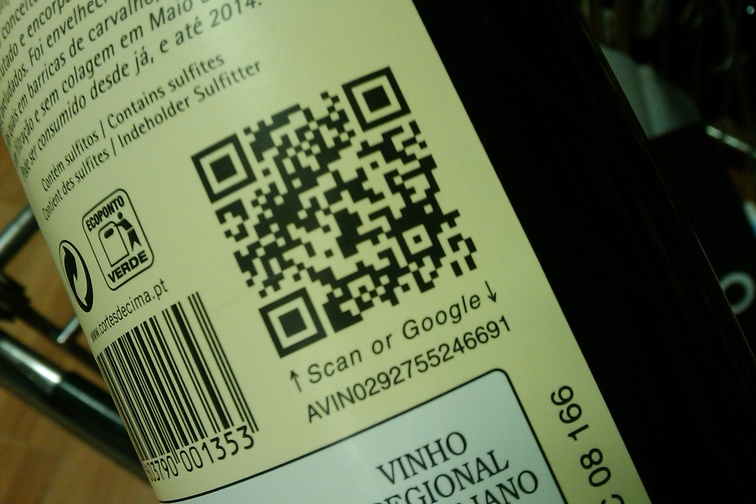Isto parece-me um grande abuso. Senão vejamos:
- Os bilhetes não são propriamente baratos. Paguei 5,5€ por 2 bihetes e isto porque tenho o My Zon Card que dá direito a 1 de borla.
- As pipocas e bebidas são caríssimas. 3€ por uma embalagem de pipocas. (Ok, só compra quem quer mas tem uma margem de lucro altíssima)
- Ainda apresentam 15 minutos de publicidade antes de começar o filme (aliás, a publicidade começa 2 minutos antes da hora anunciada do filme para garantir que a publicidade é vista por quase todos os espectadores).
- Se a TVI ou a SIC (já nem falo da RTP) passarem 15 minutos de publicidade antes de começar um filme já toda a gente se queixa. E a TVI e a SIC são canais de acesso gratuito.
E depois, ainda se queixam da perda de espectadores por causa dos downloads ilegais. Mesmo os tipos que
levam câmaras de filmar para os cinemas para depois partilharem o filme têm o cuidado de cortar a publicidade antes de disponibilizar o torrent.
É chegar, sentar, Play e começa o filme!
(Photo: http://www.flickr.com/photos/st3f4n/3522802951/)











